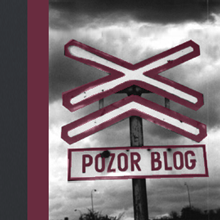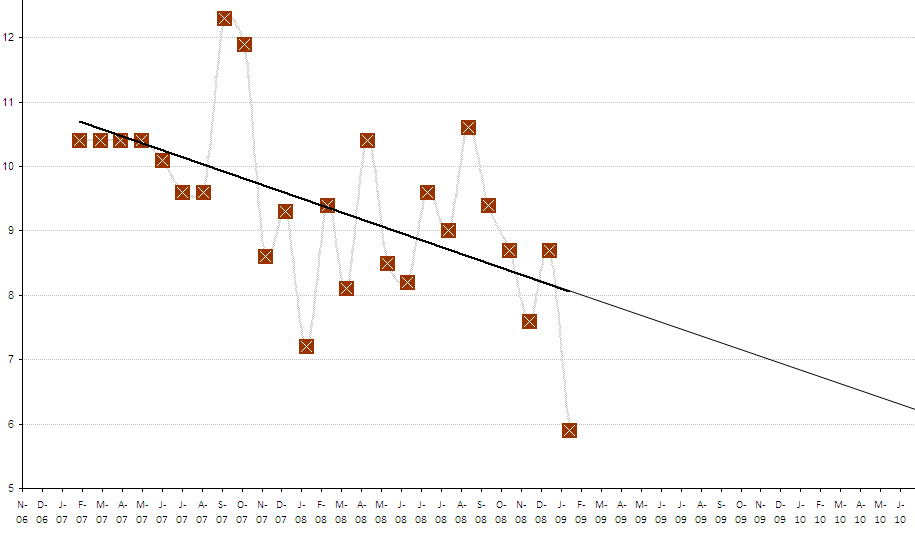Although the results were closer than almost anyone expected, the polls were not wildly off: only by a matter of 5-6% points and much less for the major candidates. The closeness makes the second round interesting, though it’s much harder to see Radicova gaining 12 than Gasparovic gaining 5.
If the same voters were to turn out, it would be easy to make predictions, since we can guess fairly well about the 2nd choice preferences of voters for Martinakova, Bollova and Sidor. For Miklosko and Melnik it is different (for related reasons):
- Miklosko’s KDH fought bitterly with HZDS during the period when Gasparovic was the party’s chair of parliament and even though Miklosko will not back Radicova, many of his supporters may be willing to do so. We shall see here whether past conflicts now rendered largely meaningless (ex-KDH v. ex-HZDS) will trump potentially emerging present conflicts over genuinely ideological questions (without looking more closely at the data, I would guess that Miklosko supporters are more similar to Gasparovic voters (culturally conservative, economically mixed) than to Radicova voters (economically mixed, culturally liberal).
- Melnik’s HZDS fought bitterly after 2002 against Gasparovic and did so again in this campaign. Here we shall see whether a current party conflict (Meciar v. Gasparovic) is stronger than a simultaneous ideological conflict (Melnik’s voters would unreservedly prefer somebody like Gasparovic over Radicova if it were not for the party ties.) In this case I suspect ideology wins out and most Melnik voters go to Gasparovic.
This rough guess would produce something like the following. Radicova gains more than Gasparovic but not enough to win:
| Total 1st Round | Share to Gasparovic in 2nd round | Share to Radicova in 2nd round | Total for Gasparovic | Total for Radicova |
Of course the same voters will not necessarily turn out and so if Radicova hopes to win, she will need a much bigger turnout in areas of her strength. This might not actually be as hard as it seems since many of the areas of her greatest strength (particularly in the south) were in areas with rather low turnout, particularly along the country’s southern border. Hungarians, it would appear from this aggregate data, may have supported Radicova at much higher than average levels but may have turned out in lower than average levels. If this is true and if Radicova could mobilize Hungarian voter simply to turn out at average levels, she could come very close to Gasparovic’s totals :

In the meantime, the daily papers have some reasonably good reportage (see: http://delicious.com/kdecay/pozorblog for articles I’ve tagged) and the Stasticky Urad has some other nice graphs and charts (see http://www.volbysr.sk). For ease of comparision I’ve included some of the more interesting ones below.
Gasparovic’s regional totals:

Radicova’s regional totals:

Miklosko’s regional totals:

Regions “won” by Gasparovic versus those “won” by Radicova



